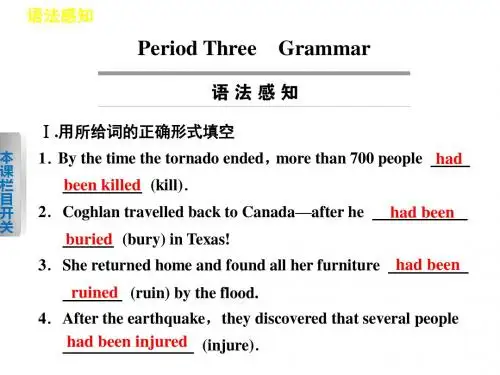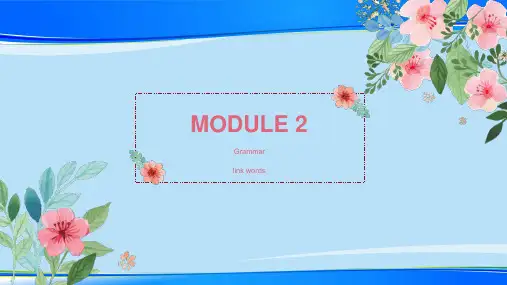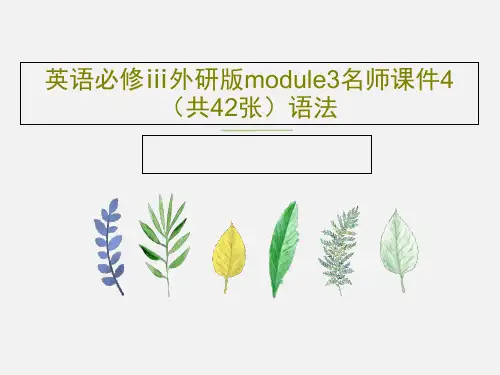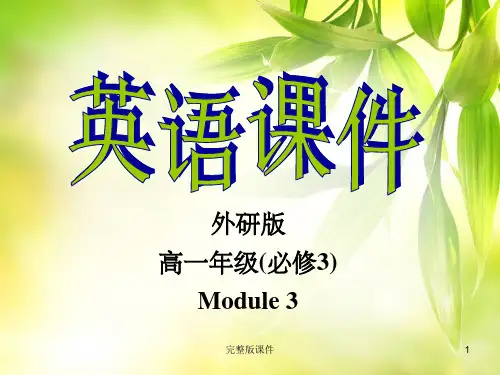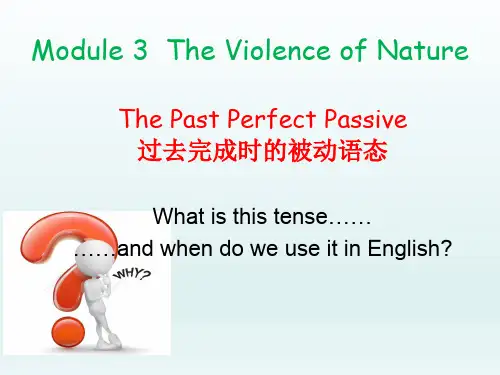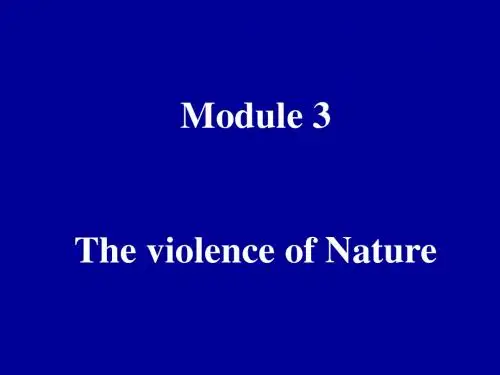b. 状语从句 在过去不同时间发生的两个动作中, 发生在先,用过去完成时;发生在后, 用一般过去时。 When the police arrived, the thieves had run away. c. 表示意向的动词,如hope, wish, expect, think, intend, mean, suppose等,用过去 完成时表示“原本…,未能…”。 We had hoped that you would come, but you didn't.
what can you see from the following sentences?.
• 1.By the time the tornado ended, more than 700 people had been killed. • 2.Coghlan traveled back to Canada after he had been buried in Texas.
动作在过去某一时刻之前已经完成,且 谓语动词与主语存在被动关系。
过去完成时
概念:表示过去的过去 其构成是had +过去分词构成。
用法 a.在told, said, knew, heard, thought等动词 后的宾语从句。 She said (that) she had never been to Paris.
被动语态的构成
由助动词be + 及物动词的过去分词(V-ed) 构成。助动词be有人称、数和时态的变化。
过去完成时被动 had + been done
Choose the correct tense and voice to complete each sentence.
saw 1. After the hurricane, Mary __________ (see) that the roof of her house ________________ had disappeared ( disappear). found 2. She ________ (return) home and _________ returned had been ruined (ruin) (find) all her furniture _______________ by the flood. 3. Arthur was surprised when he ________ arrived (arrive) home because the tornado _________ had taken (take) the feathers off his chickens.


